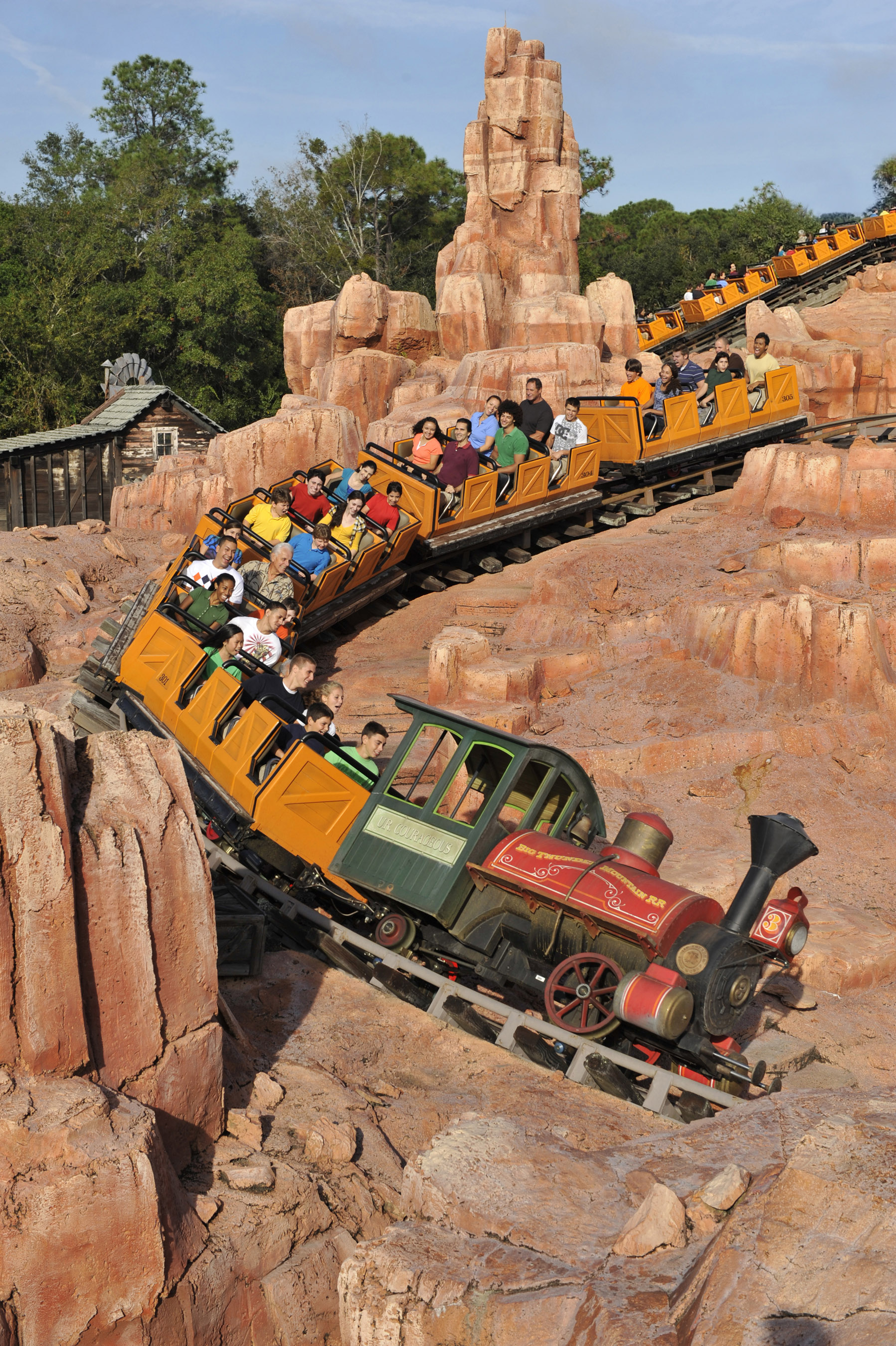This Roller Coaster Helps People Pass Kidney Stones (Yes, Really)

Doctors may have found an unconventional way to get rid of painful kidney stones — but it will cost you a trip to Disney World.
Researchers found that riding the Big Thunder Mountain Railroad roller coaster at Disney World could help ease the passage of small kidney stones, according to the new study.
Kidney stones are hard masses of minerals that form in the kidneys. They can range in size, from a tiny grain of sand to, in extreme cases, the size of a golf ball. Patients with kidney stones don't always need treatment, because the stones can pass out of the body on their own, but the process of passing them can be quite painful. The stones must travel from the kidney down the ureter and to the bladder, and then exit the body through the urethra.
The authors of the new study, published today (Sept. 26) in the Journal of the American Osteopathic Association, noticed that several of their patients had reported passing kidney stones after going on the Big Thunder Mountain Railroad roller coaster at Disney World in Florida.
In one instance, for example, a man told the doctors that he passed a stone after three consecutive rides on the roller coaster, according to the study. [16 Oddest Medical Cases]
Studying this phenomenon required a bit of ingenuity from the researchers. To test the effects of riding a roller coaster with kidney stones, they created a 3D model of a kidney that could be taken along for the ride (concealed in a backpack, of course).
In the experiment, the researchers placed three real kidney stones and some urine in the model kidney. The kidney stones were different sizes: small (4.5 cubic millimeters), medium (13.5 cubic mm) and large (64.6 cubic mm).
Sign up for the Live Science daily newsletter now
Get the world’s most fascinating discoveries delivered straight to your inbox.
The researchers took the model kidney on the Big Thunder Mountain Railroad roller coaster 20 times. They experimented with the position of the different sizes of kidney stones in different parts of their kidney model. On one ride, for example, the largest stone was placed in the upper part of the kidney; on another, the large stone was placed in the middle of the kidney. Ultimately, each stone was placed in each location of the kidney for at least one ride.
The researchers noted that one aspect of the experiment that they could not control was where they sat on the roller coaster. Indeed, "seat assignment on the roller coaster was random and determined as a function of place in the waiting line," they wrote.
But seat assignment turned out to be important. When the researchers were seated in the rear car of the roller coaster, the kidney stones, regardless of their size or location in the kidney, passed nearly 64 percent of the time, according to the study.
When the researchers sat in the front of the roller coaster, however, the stones passed only about 17 percent of the time, the researchers found.
The preliminary study's findings "support the anecdotal evidence that a ride on a moderate-intensity roller coaster could benefit some patients with small kidney stones," Dr. David Wartinger, a professor emeritus of urology at the Michigan State University College of Osteopathic Medicine and a co-author of the study, said in a statement.
Riding a roller coaster after having treatments such as lithotripsy — a procedure that aims to break up kidney stones into smaller particles using ultrasound shock waves — could prevent stones from getting larger and causing additional problems, Wartinger said.
Originally published on Live Science.











